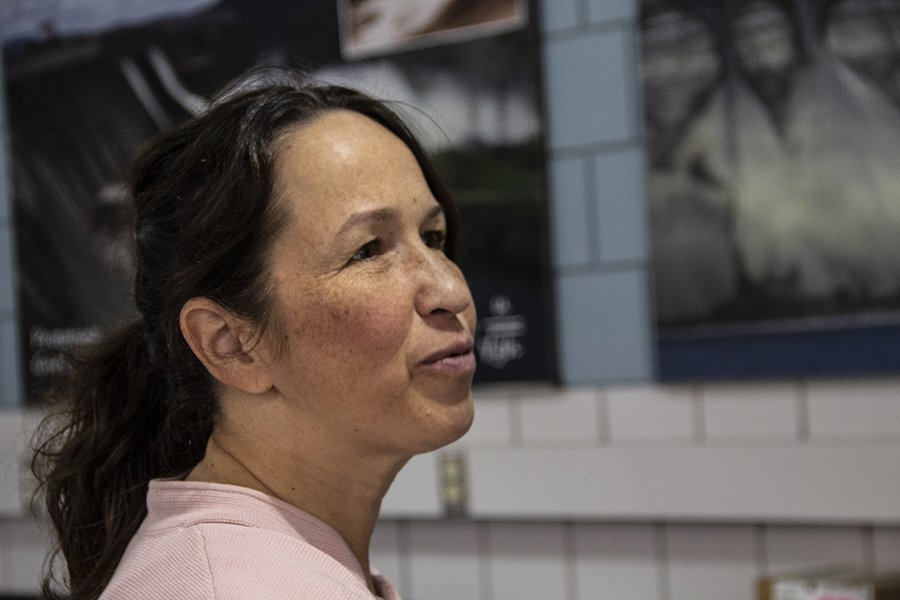Climate Change for Engineers

Changing Climate
Kimberly Hill has developed a class called Climate Change for Engineers. Her impetus for the class is tied to the next generation in some concrete ways.
The process started as Hill found herself responding to questions from her children, aged 10 and 14. Her son would ask questions as he saw stories in the news about people displaced by floods or famine. And as a skiing family, they pay a lot of attention to the snow. Her children had never seen a winter with snow as scarce as it was in 2024. At one point, her son declared he wanted to be a climate protester. Hill thought to herself, what are you going to protest, who are you going to protest to?! Hill fears that doomsday outlooks about climate will hinder longer-term sustainability. “I wanted to do more to help them,” says Hill. “I want students to think there can be long-term sustainability and begin to wonder how to get us there.”
As a scientist and a researcher, she set out to learn more and thought what she found would help CEGE students, too. Students in CEGE are motivated to do good in their communities. As engineers, they will be making changes to policies regarding infrastructure, buildings, sea walls, transportation, etc. They are building that expertise.
The university is taking some action and has some classes on sustainability, but Hill believes there is potential to do more. Hill wanted to provide students with a more obvious avenue to meaningful action. So, Hill developed a course called Climate Change for Engineers. “The course is educational, of course, but I also wanted it also to be empowering in a it’s-not-over-you-can-do-something way,” said Hill.
The Class
Hill approaches Climate Change for Engineers in three stages: basic climate literacy, understanding variations and abnormalities of climate, and finally, what engineers can do to mitigate effects of climate change.
Basic climate literacy covers global climate patterns. They also talk about the biggest contributors to Earth’s climate, how climate is maintained, causes of statistically predictable variations, and perturbations in weather patterns.
Hill says, “I don’t want students to feel we are doomed. Understanding the basics of climate literacy is good for all of us. It gives us background to balance some extremist views in the news—either denialism (it is not warming, or it is warming but we have nothing to do with it) or fatalism (we are ruining the planet, the youth of today will never see fireflies!). Both extreme views are hard to work with when we are thinking about which policies to support. Climate understanding helps us look for solutions.”
In the second part of the class, Hill delves more into the variations in climate. How do we determine when temperature swings are beyond what we would expect in Earth’s untampered climate system. In this section, Hill also covers monitoring that humans have done in the last few hundred years, which is not very long in the age of the Earth. She also leads the class through a bit of paleoclimate, that is, what ancient rock deposits can tell us about climate and what might have happened thousands of years ago. “We look at questions like why do we think there have been multiple ice ages? Why do we think continents have been moving around?” We look a bit at how researchers develop and test such hypotheses.
The third section is what drives a lot of interest from the students. Finally, they get to discuss what they as engineers can do in terms of mitigating climate change. Hill leads them to explore manipulating materials, buildings, and infrastructure systems for short- and long-term solutions.
Hill has found this teaching experience to be a learning experience, also, “I understand more about weather patterns and trends. I also appreciate making connections and working with other faculty who are working on related topics. And my students seem motivated to understand what they can do without the bombast that often accompanies conversations about climate change. Their optimism and motivation is inspiring.”